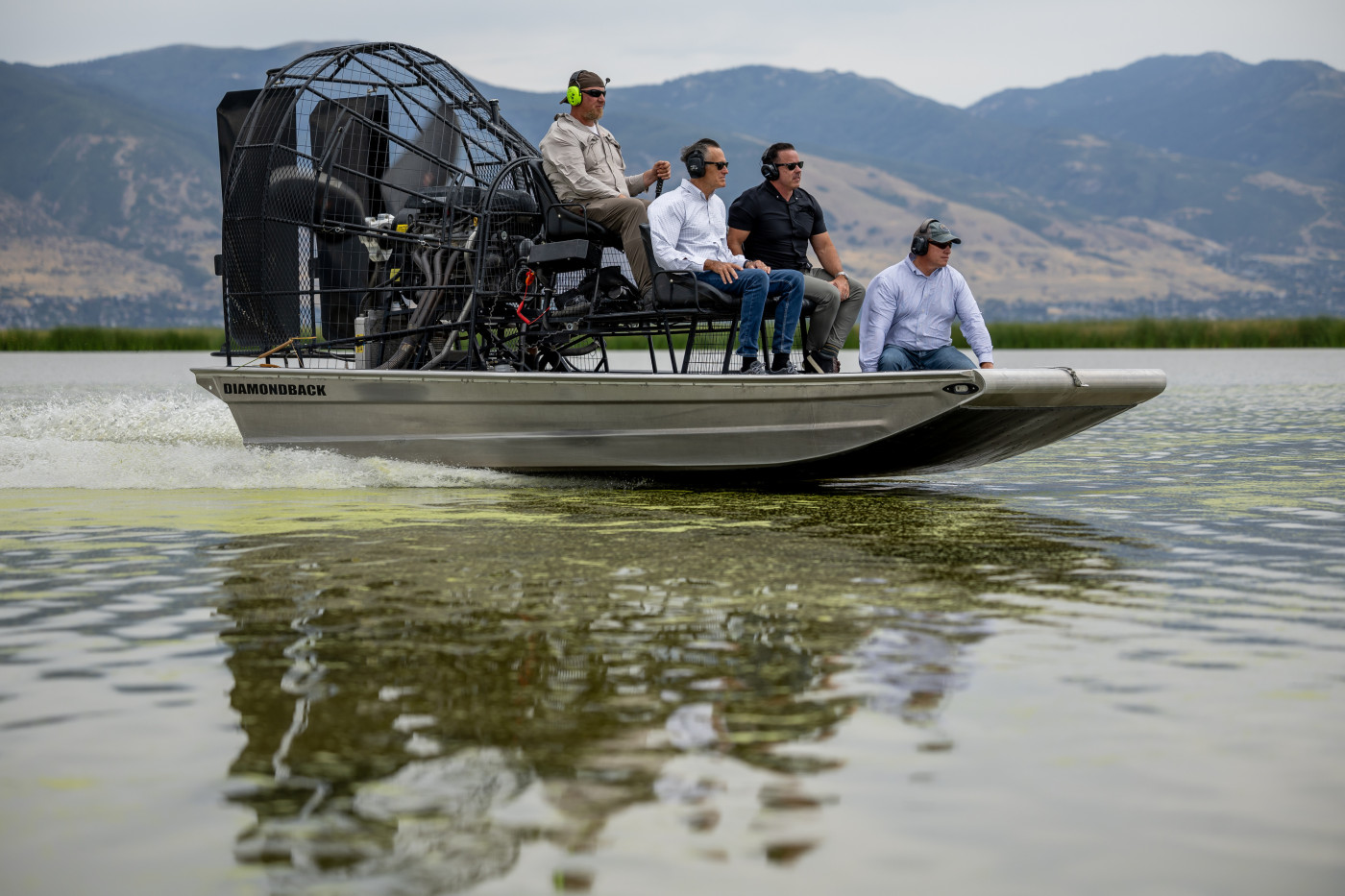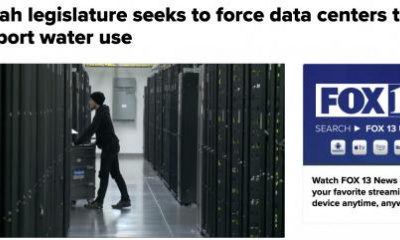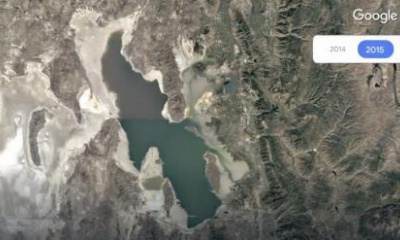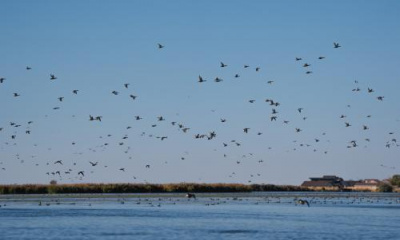To save the Great Salt Lake, its complex ecosystem and its value to the state of Utah and the West, one has to know the Great Salt Lake.
To that end, Utah Sen. Mitt Romney, R-Utah, and state House Speaker Brad Wilson, R-Kaysville, were among a group of people to take an extensive tour of the lake on Friday to learn more and talk about solutions.
“What you are going to see is a hierarchy of the kinds of things we can do and they are going to be the things that are the least expensive to those that are very, very expensive,” Romney said, adding that he hopes conservation strategies will help stave off those more expensive options.
Wilson said the idea of the tour was to get an in-person look at the many challenges faced by the declining Great Salt Lake.
“We were just trying to kind of get a real small glimpse, actually, because it’s such a big issue, to show some of the ecosystem around the lake and all the factors that are contributing to its decline,” Wilson said. “There’s nothing quite like having boots on the ground, eyes on an issue front and center instead of just some kind of theoretical conversation. And we’d learned as policymakers you just oftentimes get much better outcomes when you’re actually out in the field learning the issues firsthand, instead of hearing about them secondhand from others.”
Both Romney and Rep. Blake Moore, R-Utah, have unveiled bills to direct resources to the health of declining saline lakes and in particular the Great Salt Lake.
For his part, Wilson has spent the bulk of his time consumed with all matters Great Salt Lake, with meetings upon meetings that belie a one-size-fits-all approach.
The limitation he is discovering is that there are so many diverse interests at the table and they all want a say in the Great Salt Lake’s future — with some of those interests in direct competition with others.
He also led an effort at the Utah Legislature this past session to funnel a half-billion-dollar investment by the state to boost water conservation efforts and to set up a $40 million trust to improve the health of the lake.
There was a moment, however brief, that he thought lawmakers had chartered an adequate course correction for the lake.
“You know, we had a really big policy lift, with a dozen or so impactful bills, a lot of money appropriated, and the truth is I left last session thinking, ‘Boy, I don’t know what we can do as an encore to this,’” he said. “But I’m growing more and more convinced that there’s every bit as much if not more to do, and we need to continue to move the needle on getting our water systems (in check) and our need to keep the Great Salt Lake momentum continuing and build on it.”
But he ultimately believes the effort to save the Great Salt Lake from a perilous future will require more than just putting the might of Utah’s resources into its resurrection; the federal government will need to be on board.
“We are not going to be able to solve this problem on our own,” Wilson said. “We’re going to need our partners at the federal level. And so having him (Romney) involved is really helpful.”
The Great Salt Lake Recovery Act passed in the U.S. Senate and would provide $10 million in funding to study the Great Salt Lake’s problems. Moore’s Saline Lakes in the Great Basin bill passed the House.








